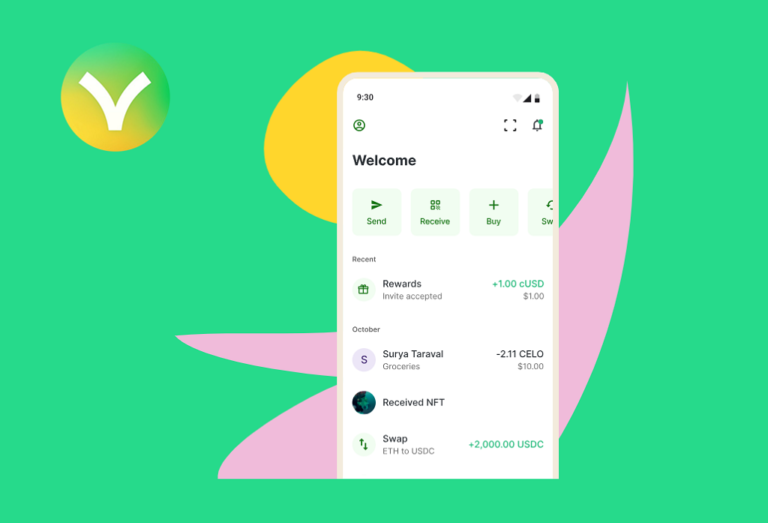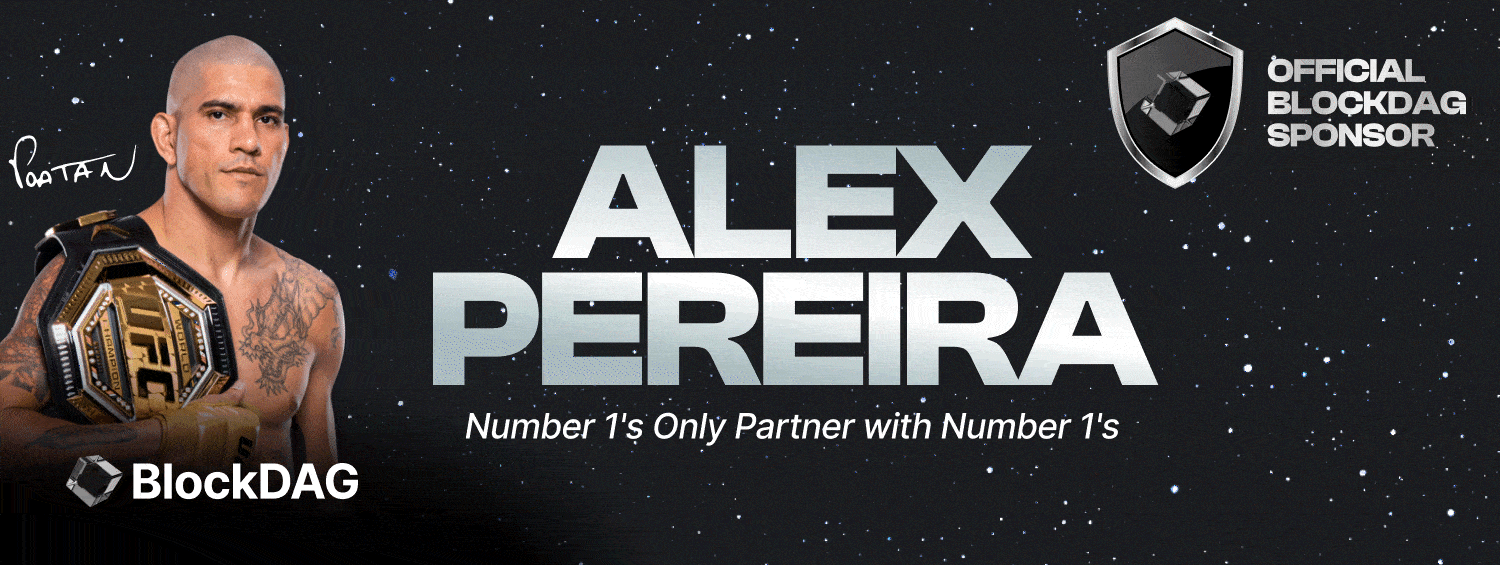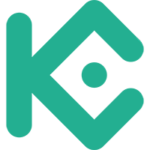
Valora, a peer-to-peer payments platform, has ventured into the Web3-focused smartphone sector with its latest service called Mobile Stack. As the integration of smartphone apps with Web3 technology gains momentum, the US-based company has introduced this launchpad to facilitate the smooth operation of Web3 applications on smartphones.
Valora’s Mobile Stack aims to assist Web3 service providers in creating interactive apps that offer a seamless, one-tap email-based customer onboarding process within minutes.
Mobile Stack: Features and Capabilities
Jackie Bona, Co-Founder and CEO of Valora, announced the development over the weekend via a post on X. The post included a 45-second video clip demonstrating how Mobile Stack would enable users to create decentralized apps (dApps) instantly.
The stack is designed to provide onramp services for purchasing cryptocurrencies using fiat currencies, allowing users to navigate within the ecosystems of these dApps with ease. Additionally, Mobile Stack will offer functionalities to facilitate easy crypto token transactions through a swipe mechanism.
Bona expressed her excitement about introducing Mobile Stack, highlighting the significant opportunity it presents to deliver exceptional user experiences through mobile devices and bring global consumers into the Web3 space. She emphasized Valora’s commitment to enhancing user experiences via mobile technology and demonstrated how the Mobile Stack system functions.
Current Landscape and Challenges
Valora’s official website indicates that only eight of the top hundred Web3 firms currently offer mobile-based experiences. This analysis was conducted prior to the launch of Mobile Stack, underscoring the platform’s potential to address a gap in the market. The company reportedly describes existing methods for making Web3 apps compatible with smartphones as cumbersome.
The concept of Web3-integrated phone devices has garnered increasing interest from industry players in recent years. Binance-backed CoralApp recently launched its flagship smartphone, the Coral Phone, which boasts Web3 capabilities. Similarly, Africa-based tech firm Jambo introduced its JamboPhone in May, supporting multiple Web3 functionalities. Solana Labs was the first major Web3 firm to merge smartphone technology with Web3 through its Solana Saga smartphone in 2022.
Despite these advancements, the Web3 sector has yet to fully integrate with smartphones. According to Mobile Stack’s official blog, significant challenges remain in building secure and comprehensive crypto mobile applications. The blog points out that creating an intuitive user interface for complex functionalities has proven particularly challenging. Without a straightforward method for designing user-friendly interfaces that can effectively manage multifaceted requirements, the Web3 sector risks missing opportunities to attract new users to the Onchain ecosystem.
A Step Forward in Web3 Mobile Integration
Valora’s introduction of Mobile Stack represents a pivotal step forward in the integration of Web3 technology with smartphones. By providing a platform that simplifies the creation and operation of Web3 apps on mobile devices, Valora aims to bridge the gap between complex Web3 functionalities and user-friendly mobile experiences. This initiative is expected to drive broader adoption of Web3 technology by making it more accessible and practical for everyday users.
With Mobile Stack, Valora is positioning itself as a key player in the evolving landscape of Web3 smartphones. The company’s focus on delivering seamless, interactive, and secure mobile experiences aligns with the growing demand for innovative solutions in the Web3 space. As the sector continues to develop, initiatives like Mobile Stack are likely to play a crucial role in shaping the future of Web3 technology and its integration with mobile platforms.


























